Are you running a business without or with an outdated website? You could be missing out on a lot.
According to statistics, 74% of people judge a business’s credibility based on its website. Now, imagine how people see you if you don’t own one or haven’t bothered to get it updated in a while.
Aside from people’s perception of you, websites are also crucial for digital marketing. They significantly help improve your branding and lead generation.
That said, having a website is crucial to a business’s success. However, only 64% of small businesses have one.
If you belong to the remaining 36% who don’t have a website, read on to find out why you need to get yours now. And if you just have started one, I will also discuss how you can make your website work for you.
The Importance of a Website
There are many ways a website can impact your business, such as:
Branding
Having a website is one way to build a business presence online.
This is crucial because almost 4.57 billion are actively using the Internet. This means your customers are going online, and you have to adapt if you want your business to succeed.
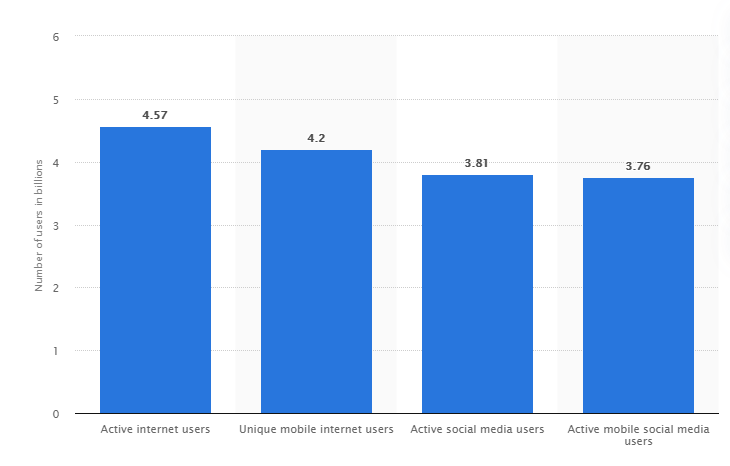
With a website, you can improve your branding by:
- Building credibility. As previously mentioned, people judge business credibility by its website.
- Establishing authority. Having a website helps establish authority through educational content that shows you know your stuff.
- Providing accessibility. With a website, you can provide a place for your audience to know about your business 24/7.
- Making the right first impression. Websites are usually a customer’s first impression of your business, so make it count with professional web design.
Undoubtedly, a website is a beneficial channel to enhance your branding.
Seize the opportunity that websites present to show what your brand is all about. Use it to display your products and services, and most importantly, communicate, engage, and build long-lasting relationships with your audience.
Lead Generation
Need to generate leads? Websites can also help with that.
With a lead generation website, you can turn site visitors into prospects and customers.
Instead of passively reading a static sales brochure, websites help visitors find information, fill out lead forms, and reach high-converting landing pages.
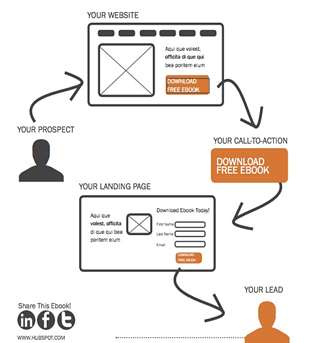
With proper site structure, well-written copy, and strong calls-to-action, you can gain the leads you need for your business.
Your website can even serve as your online salesperson. So, you are assured business will continue any time of the day, even when you sleep.
Retargeting
Retargeting is one of the most effective digital marketing strategies out there, having a 10x higher click-through-rate than a typical display ad. To take advantage of this strategy, you’ll need a website to do that.
But what exactly is retargeting, and how does it work?
Retargeting is a form of ads that “follow” people who have already visited your website. This is crucial because 97% of people who visit websites for the first time leave without buying anything. And then, they never come back.
But retargeting helps you bring these first-time visitors back to your website.
When someone checks out your site, you are placing a pixel, which is an unobtrusive piece of Javascript, on their browser. This is where retargeting starts to work. Those who visit your site will then start seeing your ads while surfing the Internet.
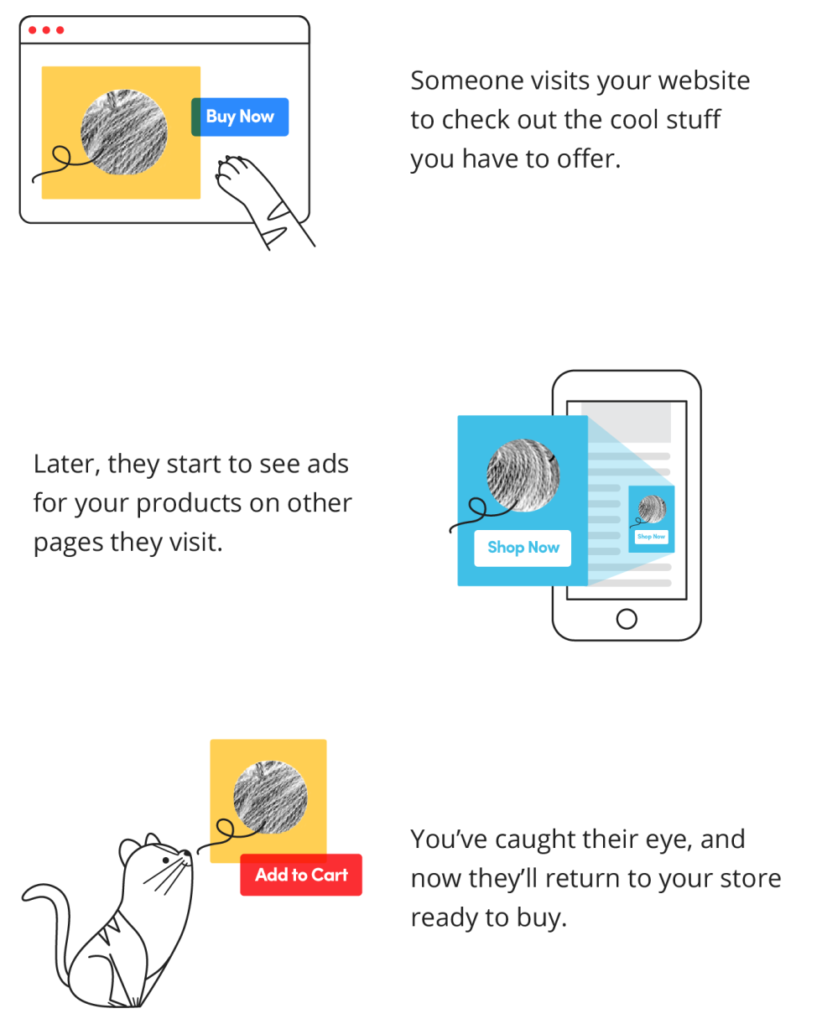
Retargeting ads follow your visitors even after leaving your site. These ads will appear when those visitors read an article or browse other stores online, constantly reminding them of the stuff you offer on your website.
You can’t run retargeting ads if you don’t have a website unless you already have built a contact list in your database. That’s why having a website is essential if you want to take advantage of this digital marketing strategy.
What Makes a Good Website?
So, you’re considering putting up your business website now? That’s one step closer to success.
But to get optimum results, having just a website is not enough. You have to come up with a good website.
Various elements make a good website. But if we’re speaking digital marketing, the number one thing you should consider is holistic SEO (search engine optimization).
Why Holistic SEO?
According to Yoast, a holistic SEO approach involves improving all vital aspects of a website. You do this, so your website ranks higher in the search engines.
This is crucial because, as a business, we want our target audience to find us online. With a higher ranking in the search engines, we can increase our brand visibility.
To do a holistic SEO, you should focus on the following aspects of your site once you got the basic setup, i.e., bought a domain, secured a host, and picked a theme:
- Good technical SEO
- User-friendly experience
- Secure site
- Quality content
- Conversion optimization
Below, let me give you an overview of each of the said aspects.
Good technical SEO
This is an SEO basic that is incredibly important to your website. Technical SEO involves making your site faster and easily crawlable by search engines. When we say crawlable, it means search engines like Google should be able to understand what your website is all about.
By improving the technical aspects of your website, search engines may reward you with higher rankings on the search engine results page (SERPs).
An excellent technical SEO should have the following characteristics:
- Fast loading time
- Crawlable by search engines
- Doesn’t have dead links
- No confusing duplicate content
- Secured
- Has structured data
- Has XML sitemap, or a list of all pages of your site
- Uses hreflang (for websites targeting multiple countries)
User-friendly experience
It is already a given: your website should look beautiful.
But aside from aesthetics, your website should also be easy to navigate. When developing a website, you should put an equal consideration to user experience (UX).
Some of the typical UX elements that you should pay attention to includes:
- Site structure
- Site speed
- Mobile experience
When you think of your website design, you should satisfy your visitors with a fast-loading page. They should also be able to find what they are looking for quickly and easily.
And in a world where 52% of traffic comes from mobile devices, a mobile-friendly website is a must. Rather, it must be designed mobile-first.
Secure site
Noticed the “http” and “https” on your browsers when visiting a website? It may seem a trivial difference, but it is actually vital.
The “s” in https means secure. A secure website protects user information when they visit and perform an action on the site, say, buy a product.
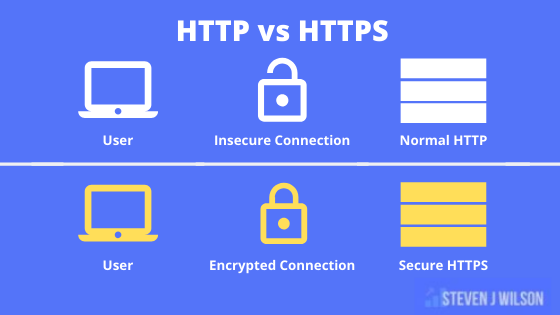
And what does this mean for you?
If you want to rank higher in the SERPs, you should make sure you have a secure website. This is because https has been a ranking signal for Google since 2014.
Several studies, like Backlinko’s, also point out a slight correlation between a secure website and higher search rankings.
But aside from SEO purposes, you should also work on securing your website if you want your target audience to visit, stay, and make transactions on your website.
This is because website insecurity could potentially impact sales. In fact, 84% of users said they would abandon a purchase if they are dealing with an insecure connection.
That said, you should also focus on securing your website.
Quality content
Content is king. Whether it be web copy, blog posts, articles, or videos, you should populate your website with content.
Content is the bread-and-butter of your website. It is what brings traffic and converts visitors into paying customers. As such, you should pay attention to producing content.
But I’m not speaking about mediocre content here. I am talking about quality content.
Google defines quality content as “valuable” content. This means it should be:
- Useful
- Informative
- Credible
- Engaging
- High-quality
- More valuable than other sites
Overall, the key to quality content is to write for your audience, not search engines. Your content should be able to satisfy the issues, problems, and desires of your audience.
To do this, understand what user intent is or why people search for a certain query. Are they searching for the purpose of learning information? Are they searching to find a certain website? Or are they looking for something to buy?
Identify their intent and create content with that in mind.
Conversion optimization
Now that you acquired traffic through content, what should you do next? Convert your visitors into paying customers.
This is where conversion optimization comes into play.
Conversion optimization refers to improving the effectiveness of your website to drive more sales. But how?
In general, you take the following steps to optimize your website for conversion:
- Evaluate your sales funnel to identify ways to improve your website
- Develop a hypothesis to test
- Create a new version of a web page or landing page to test against your current version
- Implement the variation that generates the highest percentage of sales
For instance, when you evaluate your website, you may discover that changing the copy, layout, or design of a web page can positively affect the number of people buying your product. This is after you tested a hypothesis and compared the results with your current version.
Through conversion optimization, you can achieve better results from your website.
That’s why conversion optimization is crucial because you’re making your sales equal to that of the traffic you are generating. Simply put, you are getting more out of the traffic you are receiving.
This allows you to spend less on PPC ads or other paid digital marketing strategies.
How to Create an Effective Website
Now that you know what makes a good website, it’s time to develop one for your business. Follow this step-by-step guide to ensure you are implementing the most crucial elements needed for your site.
- Understand your audience
- Analyze the competition
- Research the latest web design trends
- Choose your platform
- Develop copy for your audience
- Blogging
- Publish your website
- Monitoring and analytics
Understand your audience
To gain quality traffic, you should know who your audience is. And when I say know your audience, I mean learning beyond their gender, age, and location.
You should also look into their most pressing problems, issues, and desires.
By knowing your audience on a deeper level, you can craft a more focused website message directed to them. The right message resonates well with your visitors, and this can get them to do your desired action.
But how do you understand your audience better?
By creating buyer personas.

A persona is a close representation of your target audience. It contains essential details based on real target audience data you gathered in market research.
To gain the needed information to create these personas, you can conduct one or more of the research methods below:
- Surveys
- Personal Interviews
- Customer observation
- Focus groups
- Field trials
Once you have the needed information to create buyer personas, you’re your audience come alive in the minds of the website development team.
Analyze the competition
Conducting a competitive analysis allows you to learn which websites are your greatest threats and how you can beat them.
For instance, evaluating a competitor’s website lets you find out the keywords they are ranking for, phrases they are bidding on pay-per-click (PPC), or what products are selling well for them. These are valuable insights that you can apply to your site.
Analyzing your competitors’ website is a must if you want to stay ahead of the competition.
To do this, first, you have to determine who your competitors are. You can ask your prospects and customers about whom they think competes with your business. Or you can find competitors by assuming the characters of your personas.
Once you have a list of your competitors, evaluate their strategy using some competitive analysis tools, and get some customers’ feedback on their websites.
Research the latest web design trends
Studies show that 95% of a visitor’s first impression is design-related. So, it’s always worth paying attention to your web design.
One way to strike that good first impression is by being up-to-date with the latest web design trends.
For instance, in 2020, web design is all about clarity of use and intuitiveness. This translates to oversized types and elements, solid color blocks, and split-screen content, among other trends.
However, keep in mind that the latest design trends are not one-size-fits-all. Some web designs may work for your website, while others don’t.
Before incorporating a design trend into your site, always consider the following:
- Your industry
- What your competitors are doing
- Overall user experience
Emphasis on user experience. Don’t include a modern design just because it looks cool on your site. Always think about its function and if it will make the user experience any better.
Choose your platform
With so many platforms to build your website, it can get confusing. But what’s the best choice from Weebly, Shopify, Wix, WordPress, and other site builders?
SEO speaking, WordPress is the best choice.
WordPress has it all that you need to build a strong SEO campaign. From SEO-friendly themes, awesome plug-ins to easy optimization, integration, and user-friendly experience, it’s the best CMS to date.
With its amazing tools and features, WordPress helps you obtain the coveted spots in the SERPs.
Aside from site builders, you may also need to find a domain name registrar. If that’s the case, Namecheap is worth checking.
This ICANN-accredited registrar offers outstanding service to its customers, staying true to their goal of a “customer-focused atmosphere filled with the happiest customers.”
Develop well-written copy for your audience
Let’s put it this way: the website design captures your audience at first glance; the website copy engages them and sways them to action.
A website copy is how you communicate with your visitors on your site. It is what makes them perform the action you want them to do. So, it’s vital that you get the copyright.
But how do you write an effective copy?
Wordstream listed seven ways to write a compelling website copy:
- Highlight benefits over features
- Use the voice of the customer
- Perform surveys to determine brand values
- Develop a style guide for establishing brand voice
- A/B test copy on high-value pages
- Satisfy user intent at all times
- Add statistics, quotes, and original data for added authority
Blog
Aside from the copy on your main web pages, you should also create more content through blogging.
Blogging is essential because it benefits both your audience and SEO.
For instance, blogging gives your audience a reason to keep coming back to your site. Imagine if you don’t have a blog, your visitors would only see the same content (home, about us, products, etc.) over and over again.
If it isn’t worth checking, you can’t expect users to return to your site. That’s why you need a blog to give your audience regular content worth checking.
Aside from that, blog posts also rack up SEO and your page rankings.
When you regularly post content, this signals search engines that your site is actively updated. This means your website should be crawled and indexed frequently, increasing your chances to rank better in the SERPs.
Blogs also present an opportunity to position your brand as an industry leader. With blogs, you can share your opinions and expertise about the industry you’re in.
Your audience benefit from the learning you provide, you’re seen as an expert in the field, and you get to rank higher in the SERPs. With blogging, it’s a win-win for you.
Publish your website
Once you got everything in the above steps covered, you’re ready to publish your website.
Make sure you proofread everything, check your links and test out forms before hitting the ‘Publish’ button. You want to make sure all the functions work when you receive your first visitors.
But don’t sweat the small stuff, though. Launching a website is a work in progress. You’ll discover what works and what doesn’t over time, which brings us to our last step.
Monitor and analyze your website performance
Now that your website is up and running, the next thing to do is to monitor and analyze your performance.
This step is crucial as it helps you identify the best ways to make your website more effective. It also determines possible issues in your strategy that you need to work on or eliminate altogether.
Monitoring and analyzing is vital, but how can you do it? Through Google Analytics.
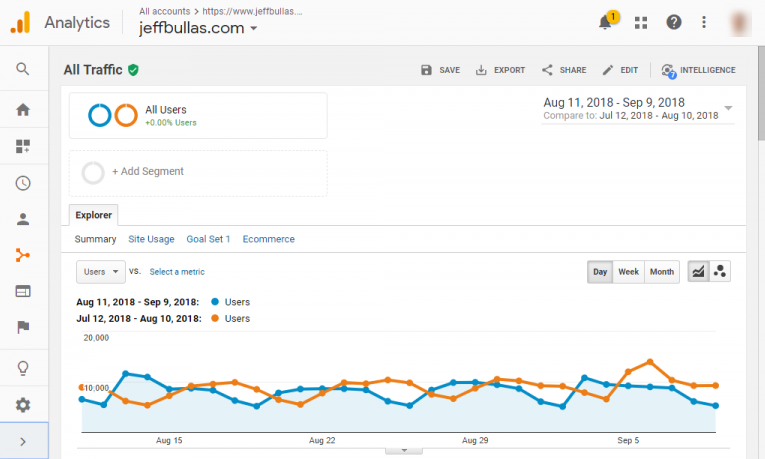
Google Analytics is a powerful tool to monitor and analyze the traffic on your site. It is one of the most essential free website tools out there that help website owners make informed decisions.
As a business owner, you wouldn’t want to miss on valuable insights about your website, such as:
- Where your visitors are coming from
- How your visitors found your website
- Which pages your users visit the most
- How users interact with your website
- What keywords your visitors searched for
If you want to track important metrics and monitor the effectiveness of your online marketing strategies, be sure to install Google Analytics on your site.
Check out this quick guide from Hootsuite on how you can set up Google Analytics.
Final Thoughts
If you don’t have a website yet, it’s time to have one now. Don’t miss out on the benefits that this online channel offers.
Take note of what makes a good website above when developing yours to be one step closer to business success.
If you need someone to talk to about getting started or optimizing your website or digital marketing strategy contact me to help streamline your process.





